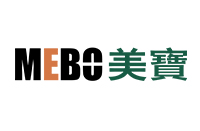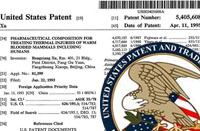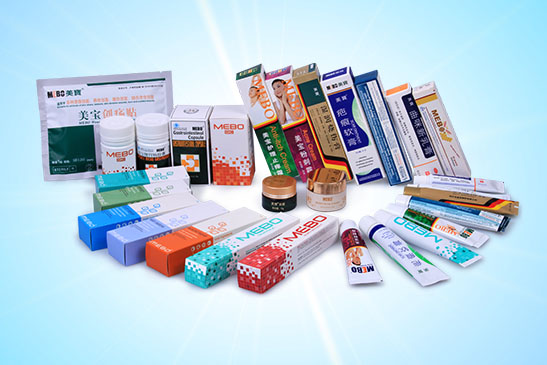Great Success of MEBO’s Regenerative Medicine and Therapy- BRT in the treatment of an electronic burn patient in Indonesia
2008年-12月-04日
来源:MEBO
In May this year, at the invitation of six hospitals in the cities of Jakarta, Surabaya, and Bandung, Indonesia, Dr. Yongchong Chen, director of clinical department of the Chinese Burns Wounds & Surface Ulcers Technological Center, toured around to give the hospitals clinical training of MEBO's burns regenerative therapy. His lectures allowed more of the Indonesian clinicians to gain a more comprehensive understanding of the standardization of MEBO's regenerative medicine and technology and solutions to problems and difficulties encountered during their clinical practice. Recently, according to reports from these six Indonesian hospitals broad application of MEBO's burns regenerative therapy to the treatment of burn wounds and skin ulcers has yielded significant results since Dr. Chen's training lectures in May. Here we report as an example the successful treatment of a patient who suffered severe electric burns.
A 37 year-old Indonesian male patient, who was electrically burned for over an hour on his head, face, torso and lower limbs by high voltage power lines knocked down by typhoon. On the day of injury he was admitted to R.S Immanuel Hospital. The electric current of the 380,000 V power line entered through his head and existed his feet, which formed high temperature arc light that burned his torso and left lower limb for 5 seconds, causing him to go into a 3-minute coma on the spot. After the field first aid, the patient recovered consciousness and was driven by an ambulance to the hospital immediately. A complete physical examination revealed that the patient's vital signs came back to normal. However, the patient showed nervousness, apathy, coldness in the extremities of the four limbs. There was no apparent abnormality of the heart, lungs and abdomen.
The condition of patient's electric burn injury: electric current entry point in the parietal region; skull-exposed wound with an area of 12cm by 9 cm (with all soft tissue charred); blackened lamina external cranii; no blood coming out after drilling on the skull; irradiating wound depth at the entry point; at the exit points on the feet, tissue necrosis and contraction, stiff eschar, obvious deep thrombosis; burn wounds by arc lights on the face, neck, breast, belly and left lower limbs; red-white basal layer junction or changed to waxy white; numbness or insensateness, with indurated eschar and thrombosis in the left thigh.
Admitting diagnosis: large-area deep electric burns (TBA 30% with deep III degree 7%, superficial III degree 3%, and deep II degree 20%)
Based on the patient's condition after admission and the advantages of MEBO Burns Regenerative Therapy (BRT), the director and other doctors from the surgical department discussed and decided to use BRT to treat him. During the rescue and treatment, the attending physician Dr. Roys actively interacted with Prof. Yongchong Chen. Through emails, Prof. Chen gave the Indonesian doctors technical guidance. By following a standardized protocol of BRT, the doctors from the R.S Inmmanuel Hospital carried out the systematic treatment of the patient and a plowing processing of the burns wounds, which allowed the patient to pass through the shock stage safely and avoided further damage to the wounds. At present, the burn wounds of deep II degree and superficial III degree have healed while the deep III degree wounds are healing steadily. The second drilling has been performed on the exposed skull wounds and the dilator was embedded. On the exposed skull a second drilling was conducted with a dilator embedded. On the holes drilled granulation tissues have grown. It is predicted that in about one month wounds will heal with epithelialization to cover the wound on the skull entirely. Some clinical data and photos are shown as follows:
From the successful treatment of this patient by using MEBO's BRT, it can be seen that some Indonesian clinicians in certain hospitals have mastered and applied the techniques to treat large-area deep burns. This case also reveals that the earlier academic and technical promotion and training of the standardized wound treatment and care procedures have produced excellent results, which provides a good experience for our future international collaboration.








